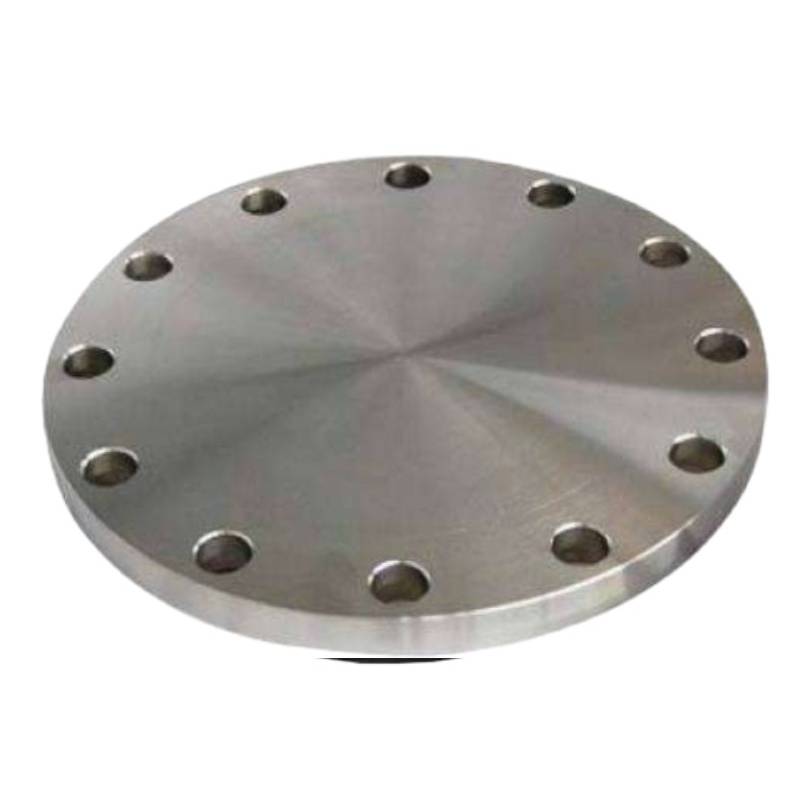-
Cangzhou Yulong Steel Co., Ltd.
-
Phone:
+86 13303177267 -
Email:
admin@ylsteelfittings.com
- English
- Arabic
- Italian
- Spanish
- Portuguese
- German
- kazakh
- Persian
- Greek
- French
- Russian
- Polish
- Thai
- Indonesian
- Vietnamese
- Zulu
- Korean
- Uzbek
- Hindi
- Serbian
- Malay
- Ukrainian
- Gujarati
- Haitian Creole
- hausa
- hawaiian
- Hebrew
- Miao
- Hungarian
- Icelandic
- igbo
- irish
- Japanese
- Javanese
- Kannada
- Khmer
- Rwandese
- Afrikaans
- Albanian
- Amharic
- Armenian
- Azerbaijani
- Basque
- Belarusian
- Bengali
- Bosnian
- Bulgarian
- Catalan
- Cebuano
- China
- China (Taiwan)
- Corsican
- Croatian
- Czech
- Danish
- Esperanto
- Estonian
- Finnish
- Frisian
- Galician
- Georgian
- Kurdish
- Kyrgyz
- Lao
- Latin
- Latvian
- Lithuanian
- Luxembourgish
- Macedonian
- Malgashi
- Malayalam
- Maltese
- Maori
- Marathi
- Mongolian
- Myanmar
- Nepali
- Norwegian
- Norwegian
- Occitan
- Pashto
- Dutch
- Punjabi
- Romanian
- Samoan
- Scottish Gaelic
- Sesotho
- Shona
- Sindhi
- Sinhala
- Slovak
- Slovenian
- Somali
- Sundanese
- Swahili
- Swedish
- Tagalog
- Tajik
- Tamil
- Tatar
- Telugu
- Turkish
- Turkmen
- Urdu
- Uighur
- Welsh
- Bantu
- Yiddish
- Yoruba

Oct . 12, 2024 07:45 Back to list
GOST Standard Flanges Overview and Application in Various Industries
Understanding GOST Standard Flanges A Comprehensive Overview
Flanges are crucial components used in piping systems to connect various parts, allowing for easy assembly and disassembly. One of the prominent standards for flanges comes from the Russian system known as GOST (Gosudarstvennyy Standart), which translates to State Standard. The GOST standards have been developed to ensure compatibility and interchangeability of piping components, particularly in industries like oil and gas, chemical production, and water supply.
What Are GOST Standard Flanges?
GOST standard flanges conform to specific dimensions, materials, and pressure ratings set forth by the GOST regulations. These flanges are primarily used in pipelines that operate under high pressure and require robust connections to prevent leaks. The GOST standards cover various types of flanges, including weld neck, blind, slip-on, and threaded options. By adhering to these guidelines, manufacturers can produce flanges that serve various industrial applications, ensuring safety and reliability.
Key Features of GOST Standard Flanges
1. Material Specifications GOST standard flanges can be made from a range of materials including carbon steel, stainless steel, and alloy steel. Each material brings its own set of properties suitable for different environments, such as resistance to corrosion or higher temperatures.
2. Nominal Pressure Ratings The GOST standards classify flanges based on their pressure ratings, helping users select the right flange for their specific application. Common pressure ratings include PN 6, PN 10, PN 16, and higher. The choice of pressure rating depends on the operational conditions of the pipeline.
gost standard flanges

3. Dimensions and Standards GOST flanges have specific dimensions that differentiate them from flanges produced following other standards such as ANSI or ASME. Common GOST standards such as GOST 12820, GOST 12821, and GOST 33259 dictate the diameters, thicknesses, and bolt holes, ensuring uniformity across industries.
4. Compatibility Since GOST standards are widely recognized and used in many regions, GOST flanges can often be integrated into existing pipeline systems that utilize different types of flanges, provided proper adapters are used.
Applications of GOST Standard Flanges
GOST standard flanges are versatile and find application across various sectors. In the oil and gas industry, these flanges are used in pipeline systems transporting crude oil, natural gas, and refined products, where high-pressure resistance is crucial. In chemical industries, GOST flanges serve to connect reaction vessels and storage tanks, ensuring the integrity of hazardous substances.
Moreover, in municipal water supply systems, GOST flanges are utilized to connect pipelines, valves, and fittings, promoting safe and effective water distribution. The adaptability of GOST standard flanges extends even to the manufacturing of machinery and equipment, where robust connections are essential for function and safety.
Conclusion
In conclusion, GOST standard flanges represent a fundamental aspect of pipeline engineering and construction in Russia and other regions influenced by Russian standards. By adhering to GOST specifications, industries can ensure the safe and efficient operation of their piping systems. As global trade continues to grow, understanding and adopting these standards may enable manufacturers and engineers to create more resilient and effective systems, ultimately advancing industrial capabilities worldwide.
Latest news
-
ANSI 150P SS304 SO FLANGE
NewsFeb.14,2025
-
ASTM A333GR6 STEEL PIPE
NewsJan.20,2025
-
ANSI B16.5 WELDING NECK FLANGE
NewsJan.15,2026
-
ANSI B16.5 SLIP-ON FLANGE
NewsApr.19,2024
-
SABS 1123 FLANGE
NewsJan.15,2025
-
DIN86044 PLATE FLANGE
NewsApr.19,2024
-
DIN2527 BLIND FLANGE
NewsApr.12,2024
-
JIS B2311 Butt-Welding Fittings LR/SR 45°/90° /180°Seamless/Weld
NewsApr.23,2024











